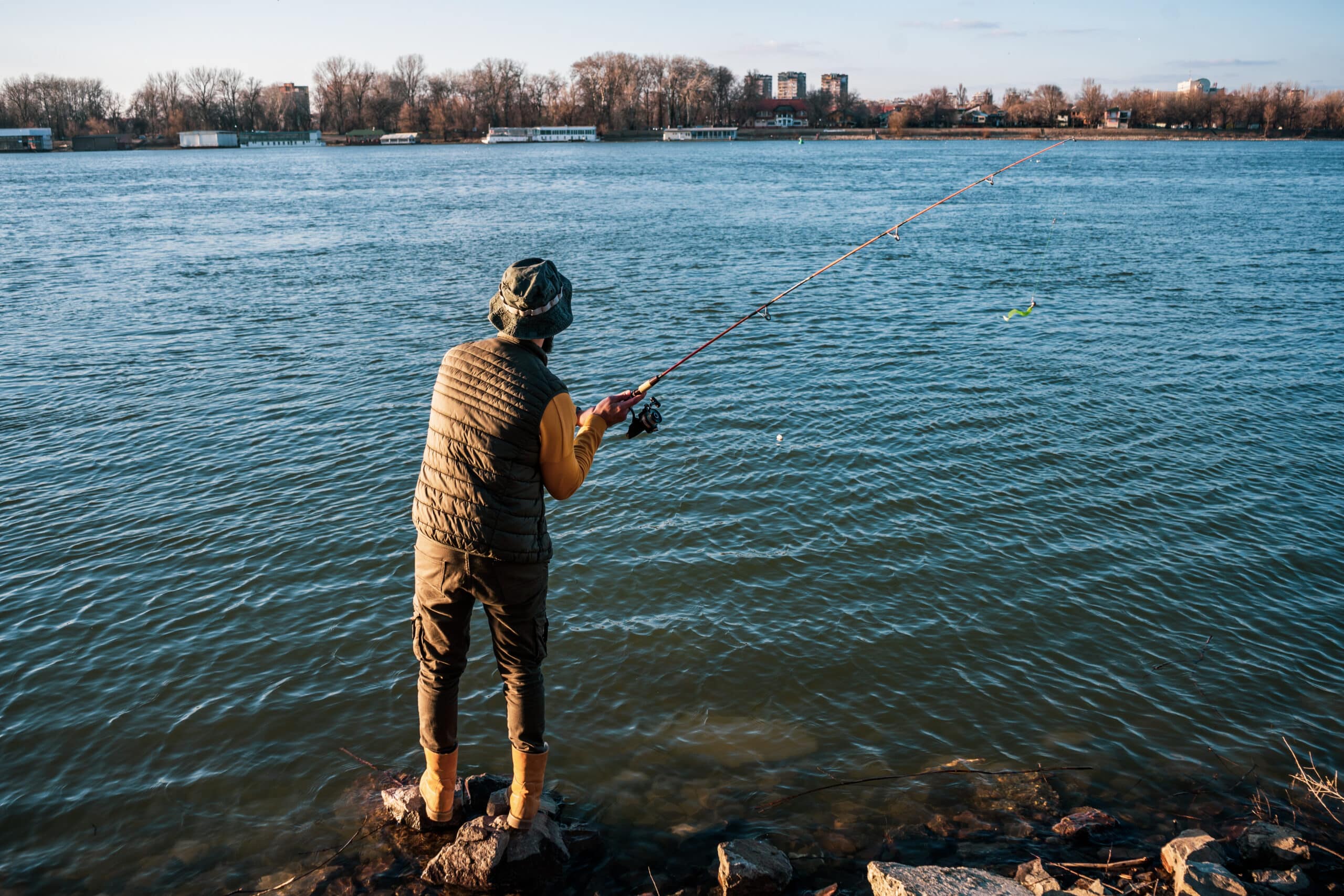Why do people braid for topwater?
Key Takeaways
- Braided fishing line allows for longer casts, reaching areas that may be inaccessible with other types of fishing lines.
- Braided line has a thinner diameter, allowing for more line to be spooled onto the reel, providing an advantage when fighting fish that make long runs or sudden bursts of speed.
- Braided line has less memory and smoother retrieval, resulting in fewer kinks and tangles during casting and retrieval, ensuring a steady and uninterrupted retrieve for topwater lures.
Topwater fishing is an exhilarating technique that involves luring fish to strike on the water’s surface. It requires precise casting, quick hooksets, and the ability to keep the lure afloat. Anglers often turn to braided fishing line when targeting fish with topwater baits. But why is braided line the preferred choice in this scenario? Let’s take a closer look at the benefits of using braided line for topwater fishing.
Longer Casts
One of the primary advantages of braided fishing line for topwater lures is its ability to make long casts. Braided line has a much thinner diameter compared to monofilament line, allowing it to cut through the air with less resistance. This reduced drag enables anglers to achieve greater casting distances, reaching areas that may be inaccessible with other types of fishing lines. Longer casts provide the opportunity to cover more water and increase the chances of attracting fish.
Thinner Diameter and More Line on the Reel
The thinner diameter of braided line not only aids in casting distance but also allows for more line to be spooled onto the reel. With increased line capacity, anglers have the advantage of fighting fish that make long runs or sudden bursts of speed. Having ample line on the reel reduces the risk of running out of line during intense battles, giving anglers a better chance of landing their target species.
Less Memory and Smoother Retrieval
Memory refers to the tendency of fishing line to retain the shape of the spool it was wound on. Braided line has significantly less memory compared to monofilament line, resulting in fewer kinks and tangles during casting and retrieval. This characteristic is particularly important when fishing with topwater lures that require a steady and uninterrupted retrieve. The reduced memory of braided line ensures a smoother line retrieval, allowing anglers to maintain the desired action of their lures.
Negligible Stretch for Easier Hooksets
When using topwater lures, it is crucial to have a direct connection with the lure for quick and effective hooksets. Unlike monofilament line, which has noticeable stretch, braided line has negligible stretch. The lack of stretch provides anglers with better sensitivity, allowing them to feel even the slightest nibble or strike. This increased sensitivity, combined with the immediate transfer of force, makes it easier to set the hook on fish that strike during long casts.
Strength and Cutting Ability
Braided line is known for its exceptional strength, making it a reliable choice when fishing in heavy cover or around structure. Topwater fishing often involves targeting fish in areas with vegetation, grass, or submerged obstacles. The high strength of braided line allows anglers to confidently navigate through these challenges without the fear of breaking off. Additionally, the braided composition of the line allows it to cut through grass and vegetation, reducing the chances of lure fouling and increasing the lure’s effectiveness.
Conclusion
In conclusion, there are several reasons why people choose to braid for topwater fishing. The ability to make longer casts, have more line on the reel, experience less memory and tangles, and benefit from the negligible stretch make braided line an ideal choice for this fishing technique. The strength and cutting ability of braided line further enhance its effectiveness when targeting fish in heavy cover or around vegetation. Overall, using braided line for topwater fishing allows anglers to maximize their chances of success and enjoy the thrill of enticing fish to strike on the water’s surface.
Related Websites:
FAQs:
Q: What is braided fishing line and why is it used?
Braided fishing line is a type of fishing line that is made up of multiple strands of synthetic material. It is used in fishing because it offers enhanced strength and durability, increased sensitivity and better control, and excellent casting distance.
Q: Why do people braid for topwater fishing?
People choose to use braided line for topwater fishing due to its high visibility for better lure control, superior strength to handle aggressive strikes, minimal stretch for improved hooksets, and enhanced sensitivity for detecting subtle strikes.
Q: What are the various lures used in topwater fishing?
The various lures used in topwater fishing include popper lures, frog lures, and walking baits.
Q: What are the alternative line choices for topwater fishing?
Other types of fishing lines commonly used for topwater fishing are monofilament line and fluorocarbon line. Monofilament line offers good versatility, while fluorocarbon line provides excellent invisibility and sinking properties.
Q: Why is braided line preferred for topwater fishing compared to other lines?
Braided line is preferred for topwater fishing due to its high visibility for better lure control, superior strength to handle aggressive strikes, minimal stretch for improved hooksets, and enhanced sensitivity for detecting subtle strikes. These advantages make it an ideal choice for the unique challenges of topwater fishing.






